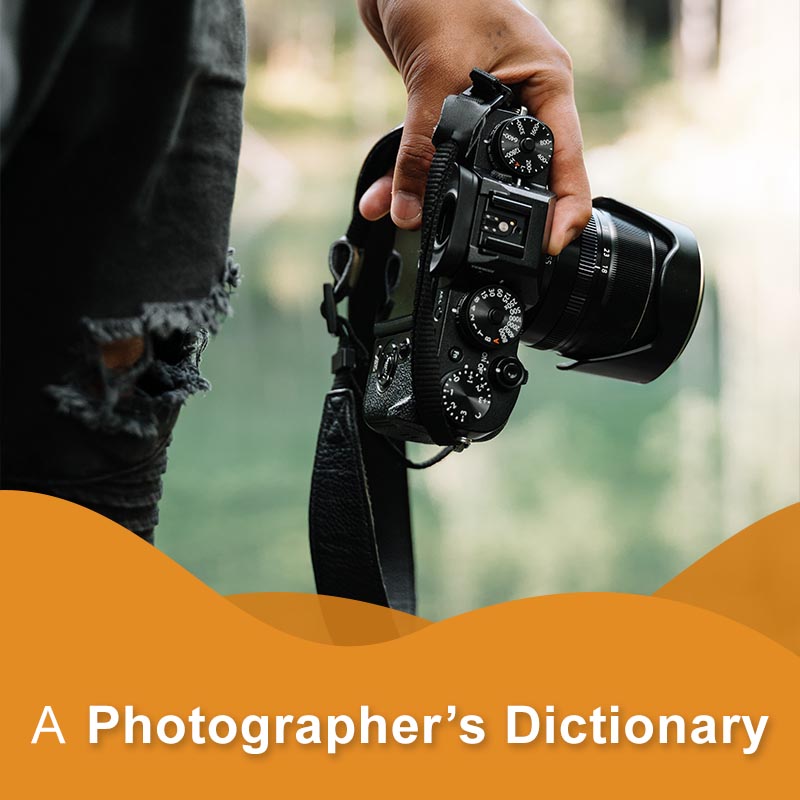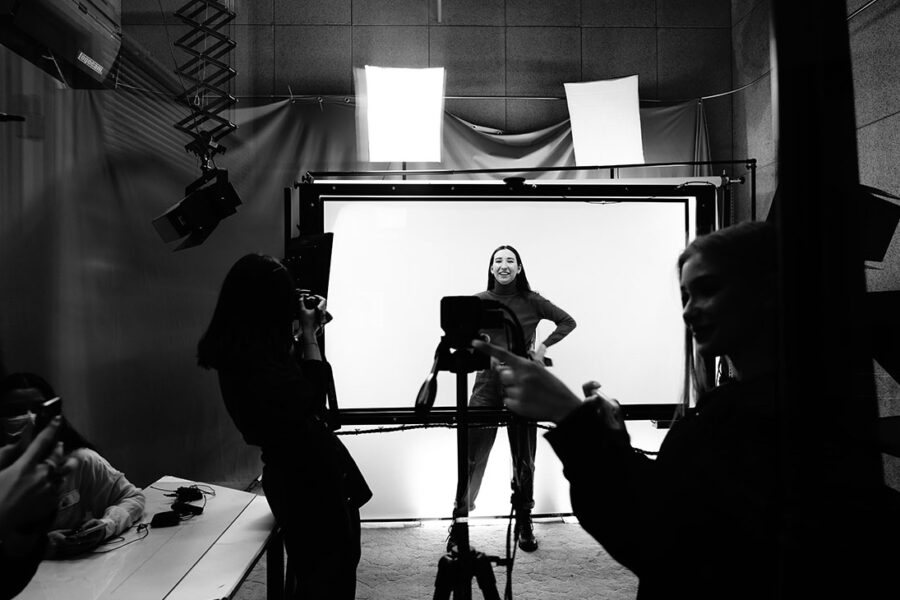When learning about photography, a great first step is to familiarize yourself with the many terms and phrases used by photographers. Knowing and understanding what these terms and phrases mean will help you learn how to best use your camera as well as prepare you to take amazing photographs!
Getting to Know Your Lens
Aperture: The size of the opening in the lens which allows light in. Aperture is measured in f-stops. The smaller the number, the wider the lens. The wider the aperture is set, the shallower the depth of field (discussed below) will be. Therefore, f/2 is great for portrait shots, limiting the depth of field, while f/16 is great for landscapes, as it captures more details and has a larger depth of field.
Bokeh: Originally a Japanese term, bokeh means “haze” or “blur”. Bokeh in photography refers to the out-of-focus part of an image, usually in the foreground or background.
Focal Length: The distance between the lens and the image sensor. Ultimately, the focal length determines how much the camera should capture and how large the size of the image will be. Usually measured in millimeters, the smaller the number, the more will be captured in an image.
Getting to Know Your Camera
ISO: The sensitivity of the image sensor. In other words, ISO determines the exposure of the image. The higher the ISO, the brighter the image will be. The lower the number, the less brightness is added to the image.
Metering: The process of using a light meter to determine whether the image is overexposed or underexposed. Metering helps photographers using manual mode to adjust their settings more effectively.
Shutter Speed: The rate at which the camera’s shutter opens and closes. The shutter speed determines how much light is in the image sensor. The longer the shutter is open, the more light is allowed in.
Shooting Mode: The different shooting modes (P, S, A, and M) determine what settings are automatically applied to the camera while shooting and which settings are left adjustable to the photographer based on what is being prioritized.
Programmed Auto mode allows the photographer to choose from predetermined combinations of aperture and shutter speed that will produce the same exposure.
Shutter-Priority mode allows the photographer to choose the shutter speed while the camera automatically adjusts the aperture for optimal exposure.
Aperture-Priority mode allows the photographer to choose the aperture while the camera automatically adjusts the shutter speed for optimal exposure.
Manual mode allows the photographer to choose both aperture and shutter speed without providing any guidance for exposure.
Basic Photography Terms
Aspect Ratio: The relationship of the width and the height of an image. One of the more common aspect ratios is 4:3. This ratio does not necessarily mean the image is 4 inches wide and 3 inches high. A 4:3 ratio could also mean the image is 16 yards wide and 12 yards high. The aspect ratio is just the relation of the width to the height, not actual dimensions.
Depth of Field: The distance between the nearest and furthest in-focus points in the picture.
Exposure: The total amount of light entering the camera when a photo is taken. The exposure determines whether an image will be too bright or too dark. Exposure, aperture, and ISO create what is called the exposure triangle.
File Formats: How the recorded data of a photograph is stored. Most cameras output to RAW files which are the easiest to edit as they are uncompressed and therefore contain the most detailed information compared to other file formats. Other popular file formats include JPEG, PNG, PSD, and TIFF.
HDR: High Dynamic Range (HDR) is a photography technique used to produce the ultimate range of luminosity in an image by combining multiple photographs taken at different exposure levels. This technique often results in highly-detailed photographs.
Noise: Discolored pixels that result in a “grainy” look to an image. Noise often occurs when shooting in low-light scenes. To avoid this, try increasing your ISO in darker situations.
Rules of Thirds: Used for the basic compositional structure of a photo. To use the rule of thirds, imagine a chart of 9 blocks on top of the scene and place the subject of the photo where the corners of the blocks intersect.
White Balance: The camera’s ability to adjust the color of light in a photo. Depending on the type of light, your photo may appear more yellow or blue. You can control the white balance using the settings on your camera depending on the mood you wish to achieve.
If you are interested in photography for your business, contact VUP Media today at 401-949-8000! With professional experience photographing portraits, products, architecture, automotive, beauty, fashion, lifestyle, and landscape, we can help create a clear image for your brand!








